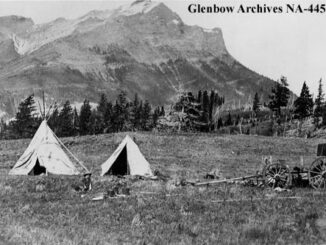Recently I attended a Forestry & Wildlife professional development experience with Inside Education. As part of the day’s activities, Kirk Hawthorn, a Senior Forester with Alberta Agriculture and Forestry, gave a brief presentation about his career and the intricacies of forest management within the province. I was intrigued with what he had to say and wanted to learn more, so I approached Kirk to see if he’d like to be interviewed for this running series.
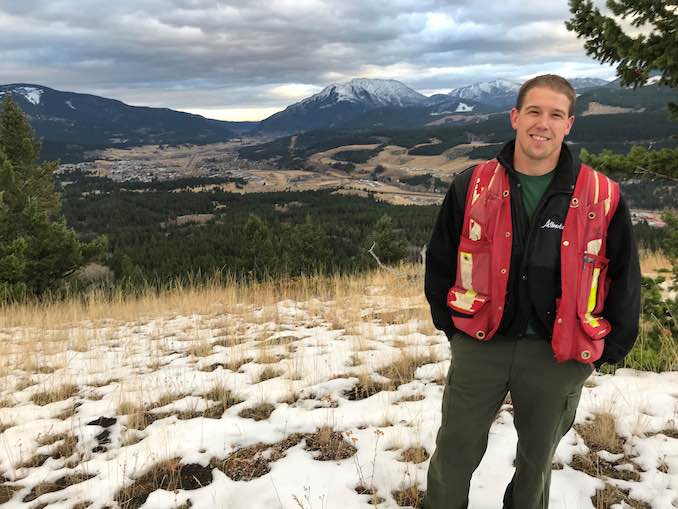
Forests cover approximately 60% of Alberta’s landmass. Although the Boreal Forest covers a large portion of this province, subalpine or montane forests, also make-up a percentage of that figure, especially in the Calgary Forest Area. Alberta’s forested region is further broken down into ten forest areas that are managed by the provincial government. The Calgary Forest Area is southernmost in the province and stretches from the northern border of Waterton Lakes National Park to just south of Sundre, along the eastern slope of the Rocky Mountains. Kirk is the Forester in charge of forest management and health across this massive expanse of land, with the exception of Parks and Protected Areas that are found within that zone.
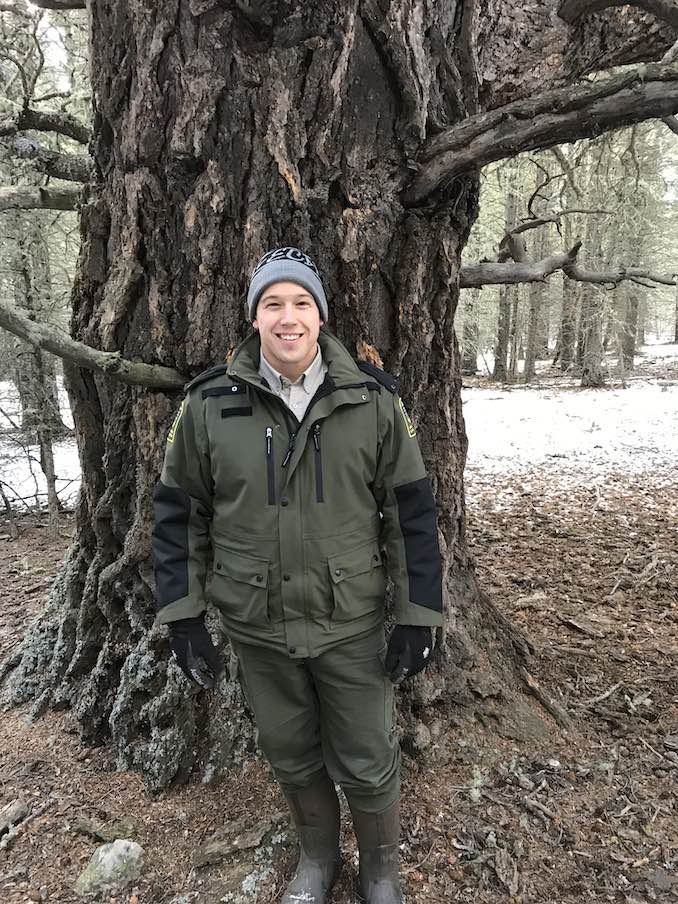
Kirk has been with Alberta Agriculture and Forestry (AAF) for the past seven years, plus a few years doing seasonal wildland firefighting work in his youth. He got his start as a Stewardship Forester in Blairmore, then became an Area Forester in Peace River, before becoming Calgary’s Senior Forester two years ago. Kirk was gracious enough to take time out of his busy schedule to answer all of my questions and shed some like on his career in forestry.
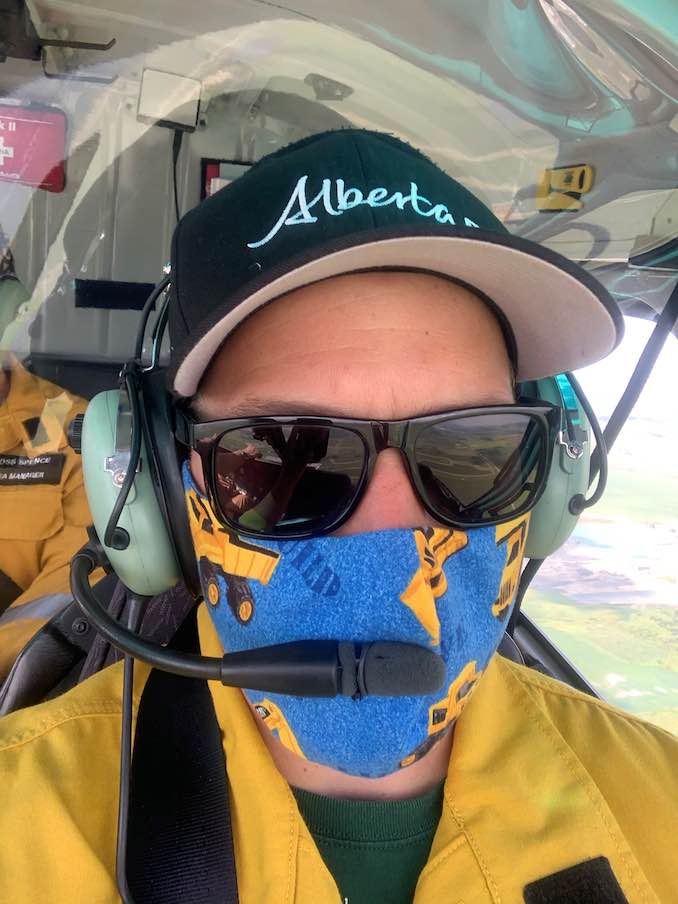
Calgary Guardian: “Why did you get into forestry as a career?”
Kirk Hawthorn: “It really boiled down to a couple things. First, I love the outdoors, and spend much of my personal time recreating on Alberta’s public lands. I wanted to be involved in keeping our forests as good or better for myself and future generations. And secondly, I couldn’t picture myself working indoors all the time. Forestry seemed like a great way to have a fulfilling, meaningful career outside. So far it has been a great choice.”
CG: “What’s the best thing about your job?”
KH: “The variety. My role entails a mix of office and field work, which can range from fighting wildfires to inspecting active forest harvest operations. I work with a great group of dedicated public servants across the various government departments as well, and I am lucky to be able collaborate with them and learn from their expertise.”

CG: “What’s one of the most challenging aspects of your career?”
KH: “Trying to manage a publicly-owned resource for a diverse and growing Alberta. The beauty of Alberta’s forests is that most of it is on public land, and you can imagine there is a broad spectrum of ideas and desires for how it should be managed. The forests provide recreation, clean water, economic opportunities, and a plethora of other services. Striking a balance to manage the forest in the best interest of all Albertans is a complex and dynamic challenge.”
CG: “What type of education/training/certification does your job require?”
KH: “The job requires a BSc in Forestry from an accredited institution, as well as membership to the Association of Alberta Forest Management Professionals.”
CG: “What are some of the responsibilities of a Senior Forester?”
KH: “The Senior Forester is responsible for reviewing, and if appropriate, approving industrial forest activities for the region’s public forests. I don’t do it alone, I manage a small team of forest professionals who do the bulk of the real work, which entails reviewing plans, and monitoring all stages of forestry operations including harvesting, reclamation and reforestation. I also contribute to regional and sub-regional planning initiatives, which are broad strategic plans that describe how public land will be managed by various stakeholders and agencies for long periods of time.”
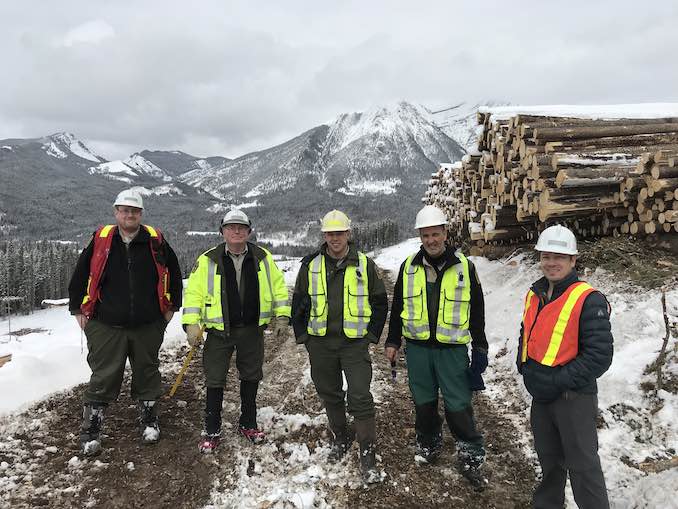
CG: “Are you out in the field much or are you confined to an office?”
KH: “These days I spend far more time in an office than I’d prefer, I’d say four out of five days. It varies based on the time of year and the priority of the day. There are times where I’m in the field every day of the week!”
CG: “I’m sure there’s no such thing as a ‘normal’ day in your profession, but could you walk me through what a typical day might look like?”
KH: “You’re right, there’s no such thing as a normal day, and the variety is the best part of the job, but I’ll do my best. Like I said, it’s generally more office work than I’d care to admit, but it’s engaging nonetheless. A typical day involves a few hours working on forestry issues that are operational in nature, such as harvesting plan review, inspection reports of active forest activities, applications for other miscellaneous activities such as firewood collection. I usually spend some time working more strategic forestry issues, like regional or sub-regional planning, detailed forest management planning, or contributions to improving provincial forestry policies. Aside from that, it’s a very mixed-bag workload, entailing anything from administration to helping out with emergency wildfire situations.”
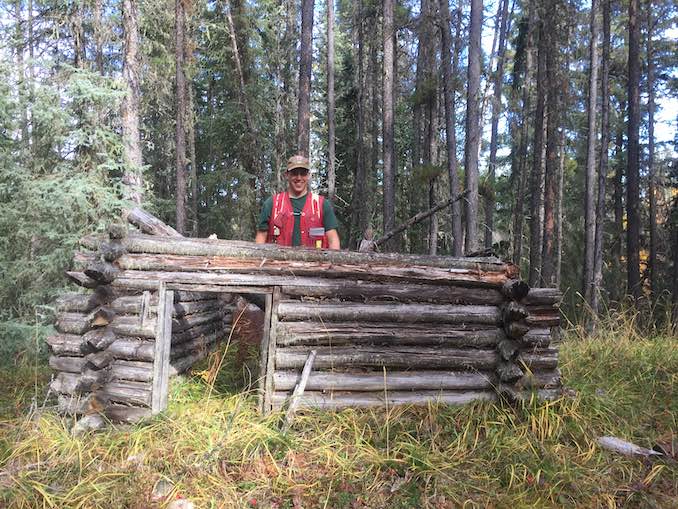
CG: “How closely do you work with other agencies, such as Alberta Environment and Parks, Alberta Wildfire, or Alberta Parks?”
KH: “Fairly closely. Forest management planning must consider elements that fall under other agencies purview, such as wildlife, recreation, and wildfire risk. Information flows to and from the agencies you listed, and we integrate as closely as possible, often through high level planning processes, such as the South Saskatchewan Regional plan. We all are trying manage different activities and for different goals on a busy landscape and our decisions invariably affect one another; integration between AAF and other Alberta government ministries is key.”
CG: “How would someone get into Forestry as a career?”
KH: “A good place to start would be with an education, either a BSc or technical diploma in forestry. Another great entry point would be getting seasonal employment with Alberta Agriculture and Forestry as a wildland firefighter, or as a summer student with one of the many private forestry companies in the province. One of the great things about forestry is that it is an extremely broad field, and there are opportunities in anything from urban park forestry to wildland firefighting to forest growth modelling and data analysis, along with everything in between.”

CG: “Is there anything else you’d like to add about your job that I may have missed previous?”
KH: “I’m proud to be a public servant and I got into this line of work to do my part to ensure the long term sustainability of our forests. Forest management is often a key player in achieving numerous related natural resource goals, such as wildlife habitat management or managing wildfire risk. You may not associate forestry with some of these issues, but at times, it is the best way to meaningfully contribute to issues that are near and dear to many people. Although I don’t get into the field as much as I used to, the job affords me great variety and flexibility to conduct meaningful work in some of the most beautiful places in the province. There are many days at my job when I consider myself extremely fortunate.”

I would like to take this opportunity to thank Kirk for his time. I know it’s not always easy or appreciated having one more thing on your to-do list, but I honestly appreciate your willingness to be interviewed and for allowing us this sneak peak into the life of a Forester. Thank you!
For additional information please visit the Alberta Agriculture and Forestry website. You can also connect with them on Facebook, Twitter, and YouTube.
***
About this column:
Wild Jobs is a running series that focuses on people in outdoor-related professions. It provides a brief snapshot of their career and the duties that it entails. Please see my previous post, Wild Jobs: Dog Sled Guide to learn more.




